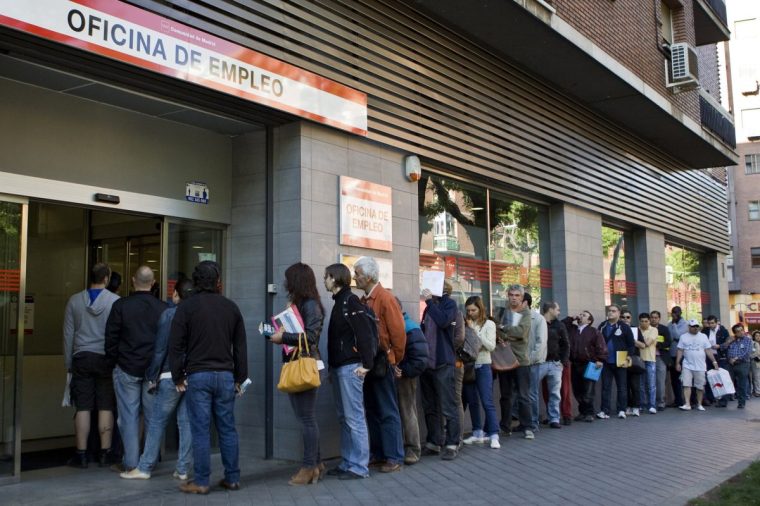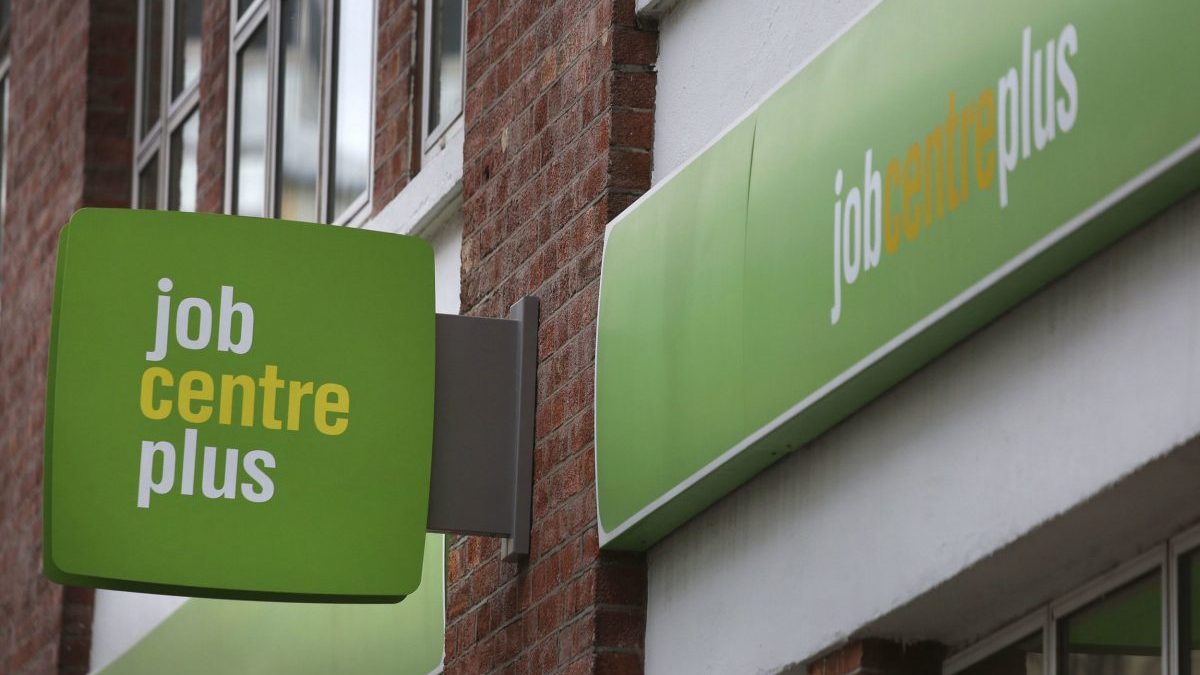Figures released this week revealed unemployment in the UK has hit its highest level in four years forcing Downing Street to admit “there is still more to do” in terms of the economy.
The Office for National Statistics (ONS) published the rate of UK unemployment on Wednesday which showed it had increased to 4.7 per cent in the three months to May, up from 4.6 per in the three months to April.
This is the highest level since June 2021.
The Prime Minister’s official spokesman said: “The first job of this Government was to stabilise the British economy and the public finances and we’re now moving into a new chapter to deliver on the promise of change.”
But asked if the Prime Minister thought things were going well on the economy, they added: “No, we are saying that there is still more to do.”
It has placed Chancellor Rachel Reeves under increasing pressure after pledging economic growth was the “number one” mission of the Labour Government at the beginning of 2025.
It comes after a higher-than-expected jump in inflation this week and a contraction in the economy two months in a row.
The news paints a stark picture of the state of the UK’s but a glance across the Channel reveals it may not be alone in its struggle to tackle the employment issue.
We take a closer look at the statistics to see how the UK compares with its European neighbours.
What are the unemployment rates across the EU?
The EU’s official statistical office Eurostat released its data on the unemployment rate across the Euro area at the start of July.
This covers 20 nations: Belgium, Germany, Estonia, Ireland, Greece, Spain, France, Croatia, Italy, Cyprus, Latvia, Lithuania, Luxembourg, Malta, the Netherlands, Austria, Portugal, Slovenia, Slovakia and Finland.
It showed the region had also seen an increase overall up to May 2025 rising from 6.2 per cent in April to 6.3 per cent but it was down almost 1 per cent from May 2024, when it was at 6.4 per cent.
For the entire EU which is made up of 27 nations, the unemployment rate was 5.9 per cent in May 2025, the same as April 2025 and down from 6.0 per cent in May the previous year.
 Spain had an unemployment rate of 10.8 per cent in May this year (Photo: Sebastien Berda/AFP/ Getty)Which EU nations have the highest rate of unemployment?
Spain had an unemployment rate of 10.8 per cent in May this year (Photo: Sebastien Berda/AFP/ Getty)Which EU nations have the highest rate of unemployment?
Spain had the highest unemployment rate in Europe up to May 2025 at 10.8 per cent althought it is lower than the 11.5 per cent in May 2024.
It saw its economy grow by 3.2 per cent last year, in part due to immigration, tourism and green energy, while Germany’s contracted by 0.2 per cent and UK’s grew by just 1.1 per cent.
Spain was also recently found to have the highest workplace productivity in Europe, according to research from Opinion Matters for Ricoh Europe.
The southern European nation was closely followed in the unemployment stakes by two Nordic states – Sweden at 9 per cent and Finland at 8.7 per cent.
The top five European nations with the highest unemployment rate to May 2025 are:
- Spain at 10.8 per cent
- Sweden at 9 per cent
- Finland at 8.7 per cent
- Greece at 7.9 per cent
- France 7.1 per cent
 French steel workers take part in a rally in May held outside ArcelorMittal headquarters, which is planning to cut more than 600 jobs in Saint-Denis near Paris (Photo: Leo Vignal/AFP/Getty)Which EU nations have the lowest rate of unemployment?
French steel workers take part in a rally in May held outside ArcelorMittal headquarters, which is planning to cut more than 600 jobs in Saint-Denis near Paris (Photo: Leo Vignal/AFP/Getty)Which EU nations have the lowest rate of unemployment?
Malta had the lowest unemployment in the EU at 2.7 per cent. It is closely followed by the Czech Republic at 2.8 per cent, and both countries have remained relatively stable in the past year.
Poland comes in third place, ahead of European economic powerhouse Germany, with an unemployment rate of 3.3 per cent in May this year.
Other major nations such as Austria and France have unemployment rates of 5.3 per cent and 7.1 per cent, respectively – Italy’s rate in May was 6.5 per cent.
Germany slips outside the top five with a rate of 3.7 per cent in May, up from 3.4 per cent at the same time last year.
The nation has acknowledged it appears to be approaching the 3 million mark for the first time in a decade.
Baerbel Bas, Germany’s Labour Minister, said in May: “The current labour market figures show that we urgently need economic policy impulses that create growth.”
Chancellor Friedrich Merz has vowed to pull the economy out of a two-year decline.
The top five European nations with the lowest unemployment rate to May 2025 are:
- Malta at 2.7 per cent
- Czechia at 2.8 per cent
- Poland at 3.3 per cent
- Bulgaria at 3.5 per cent
- Cyprus and Iceland at 3.6 per cent
How does the UK compare with the rest of the world?
Outside of Europe, the UK’s unemployment rate compared to some of its fellow G7 members reveals it is very much mid-table.
The United States had a rate of 4.2 per cent in May this year, Japan was much lower at 2.5 per cent, Canada came in at 7 per cent.
And on the wider global scale South Africa’s current rate is among the worst at 32.8 per cent, according to the International Monetary Fund, while Thailand is just 1 per cent.
